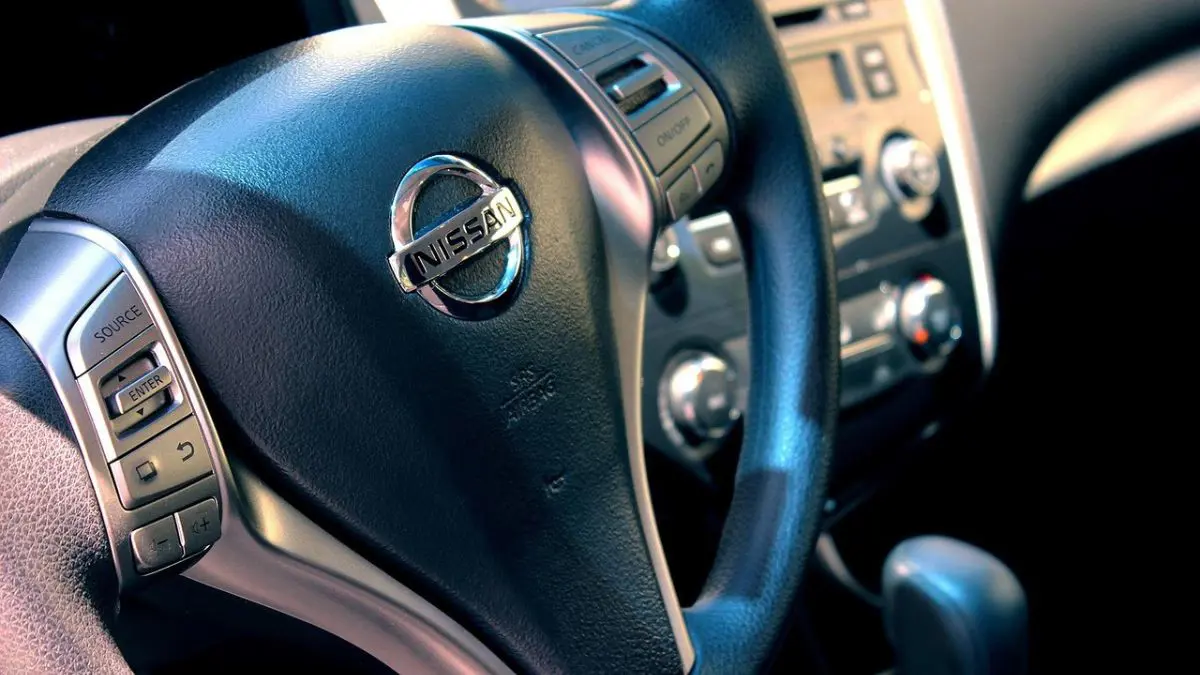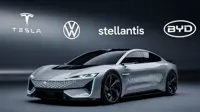Nissan’s deep cuts underscore a tougher road ahead for turnaround
15 May 2025

Nissan Motor is making sweeping cost cuts as part of its latest bid to halt a prolonged sales slide—but analysts warn that reversing its fortunes will require far more than layoffs and plant closures.
Global sales at the Japanese automaker have plummeted 42% since fiscal 2017. While new CEO Ivan Espinosa has unveiled a plan to trim 11,000 jobs and shut seven manufacturing plants, the outlook remains grim. A lack of compelling new models, intensifying global competition, and fresh tariffs in the U.S.—its largest market—pose steep challenges.
The company anticipates a further 3% drop in overall vehicle sales this fiscal year, with China expected to see an 18% decline. Meanwhile, North America and Japan sales are likely to remain stagnant, deepening pressure on Nissan’s already thinning margins.
Model pipeline delays, hybrid push face skepticism
One of Nissan’s biggest hurdles is its outdated product lineup. The company has fallen behind competitors in both hybrid and electric vehicle offerings—a gap that won’t be easy to close quickly.
To address this, Espinosa announced that Nissan will begin offering a plug-in hybrid version of its best-selling Rogue SUV this fiscal year, developed in collaboration with Mitsubishi Motors. An additional version equipped with Nissan’s in-house e-Power technology is planned for the next year.
However, analysts remain cautious. Julie Boote of Pelham Smithers Associates noted that Nissan’s battery electric vehicles haven’t gained much traction in the U.S. market, and plug-in hybrids often don’t attract the same consumer interest as full hybrids.
Bernstein analyst Masahiro Akita echoed the sentiment, stressing that “attractive, competitive products” will be essential if Nissan hopes to grow its top line again.
Tariffs, costs, and a shrinking footprint
The automaker’s problems are compounded by new U.S. tariffs on imported vehicles and parts, which could add an estimated ¥450 billion ($3.1 billion) in costs this fiscal year. These added expenses not only squeeze margins but may also force price hikes in an already sensitive market.
Although Nissan’s U.S. sales rebounded to nearly 938,000 units last year, the recovery was largely driven by low-cost, compact models like the Sentra and Versa, imported from Mexico. This strategy has done little to shore up profitability. North American operating margins turned negative in the past year—dropping to -0.5% from 4.6% previously—even as volumes rose.
To reduce stockpiles of older models, Nissan has been leaning heavily on incentives, further cutting into its earnings. Meanwhile, rivals—including agile Chinese EV makers like BYD and domestic competitors like Suzuki—are gaining ground fast. Suzuki, for instance, outsold Nissan in the first quarter of 2025, putting it on track to become Japan’s third-largest automaker, behind Toyota and Honda.
Investor sentiment hits new lows
The market has taken notice. Nissan is now the worst-performing major automaker stock in Japan, down 29% year-to-date—far worse than the broader market's 5.5% decline. Analyst confidence is eroding: Of the 18 covering the stock, none currently rate it a "buy," and half recommend selling.
Espinosa assumed leadership last month after predecessor Makoto Uchida stepped down, following failed merger talks with Honda. That deal would have created the world’s fourth-largest automaker—a signal of how far Nissan’s standing has fallen since its peak under former Chairman Carlos Ghosn.
Ghosn’s aggressive push for volume growth—fueled by steep discounts—has left a lingering legacy: a diluted brand image and an aging fleet. Now, with tariffs raising input costs and no quick wins in sight, the key question is whether Nissan can find enough time—and traction—to mount a credible comeback.
Summary:
Nissan is slashing jobs and cutting costs as it struggles with falling sales, margin pressure, and a stale product lineup. CEO Ivan Espinosa’s turnaround plan centers on hybrids and SUVs in the U.S., but analysts doubt its effectiveness amid rising tariffs and stiff competition. The company faces a shrinking market share and eroding investor confidence, with significant headwinds ahead.
Frequently Asked Questions (FAQs)
1. Why have Nissan’s global sales dropped so significantly since 2017?
Nissan’s 42% sales decline since fiscal 2017 can be attributed to a combination of factors: an aging vehicle lineup, lack of competitive electric and hybrid models, declining brand appeal, and overreliance on discounts to drive volume. Market dynamics in China and North America, its key regions, have also shifted in favor of more agile or better-positioned rivals.
2. What are the key challenges facing Nissan’s turnaround plan?
Nissan’s turnaround is hindered by:
- A weak hybrid and EV portfolio.
- Rising U.S. tariffs on imports.
- Slimming profit margins in North America.
- Fierce competition from both Chinese EV players like BYD and Japanese rivals such as Suzuki.
- The long lead time required to launch compelling new models.
3. What does Nissan’s current strategy under CEO Ivan Espinosa focus on?
Espinosa is aiming to:
- Drastically cut costs by reducing headcount and shutting underutilized plants.
- Shorten vehicle development timelines.
- Focus on the U.S. market with crossovers and SUVs.
- Introduce plug-in hybrid versions of key models like the Rogue.
4. Why is the Rogue SUV central to Nissan’s U.S. strategy?
The Rogue is Nissan’s best-selling vehicle in the U.S. Its popularity makes it a strategic platform for hybridization and rebuilding market share. The company hopes that electrifying this model will help regain consumer interest and improve profitability in its most crucial market.
5. How are U.S. tariffs impacting Nissan’s profitability?
Tariffs on imported cars and parts are expected to increase Nissan’s costs by ¥450 billion ($3.1 billion) this fiscal year. This affects both pricing and margins, especially for vehicles imported from Mexico and Japan, which account for nearly half of Nissan’s U.S. sales.
6. What’s the outlook for Nissan’s vehicle sales in key markets this year?
- China: Projected to fall 18% amid local competition and shifting demand.
- North America & Japan: Expected to remain flat.
- Global: Estimated to decline 3% from the previous fiscal year.
7. How are investors reacting to Nissan’s current trajectory?
Market sentiment is bearish. Nissan's stock is down 29% this year—making it the worst performer among major Japanese automakers. Analyst coverage has turned pessimistic, with no current "buy" recommendations and a majority suggesting “sell” or “strong sell.”
8. How does Nissan’s position compare with rivals like Toyota, Honda, or Suzuki?
Toyota and Honda maintain stronger global positions and healthier margins. Meanwhile, Suzuki, a smaller domestic rival, has surpassed Nissan in domestic sales in early 2025, putting it on track to become Japan’s third-largest automaker.
9. Could Nissan’s alliance with Mitsubishi and Renault aid its recovery?
While strategic cooperation continues, the once-prominent alliance has lost momentum. Recent efforts—like co-developing the Rogue plug-in hybrid with Mitsubishi—show some synergy, but a full revitalization of the alliance has yet to materialize as a significant turnaround driver.
10. Is there any hope for a recovery if current market conditions persist?
Nissan faces an uphill battle. A successful turnaround will depend on launching compelling products, managing costs amid tariff pressures, and rebuilding brand equity. If current trends persist, and tariffs remain long-term, analysts worry the company may run out of runway before recovery takes hold.







.webp)














